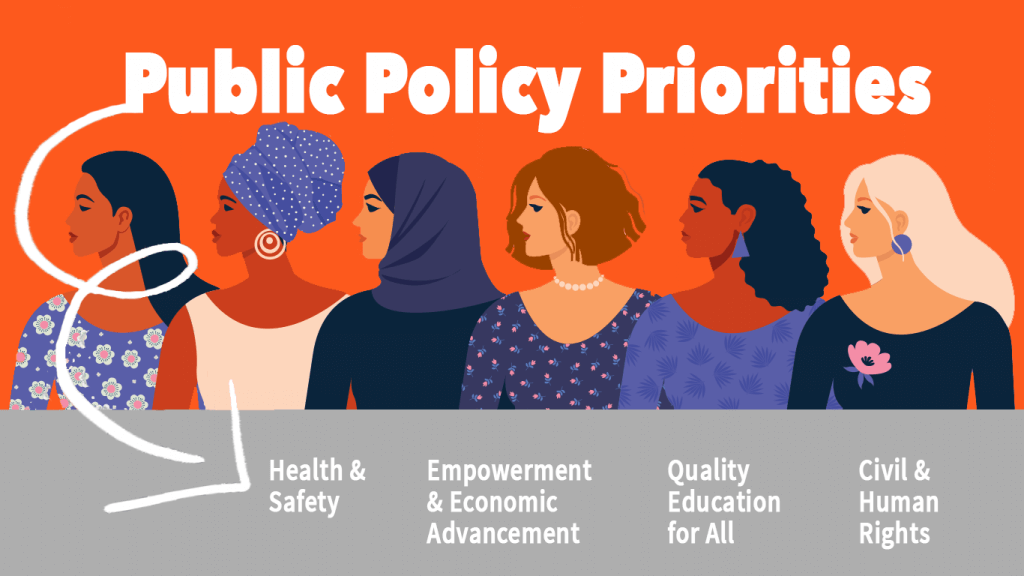In 2009, 17 percent of white children, 35 percent of black children and 32 percent of Hispanic children lived below the poverty level. (U.S. Census Bureau)
In 2010, the percentage of people without health insurance was 11.7 in the United States. But for Black persons only the uninsured rate was 20.8 percent, 18.1 percent for Asian persons and 30.7 percent for Hispanic persons. (U.S. Census Bureau)
In 2011, the percentage of 25 to 29-year-olds who had attained a bachelor’s degree or higher was 39 percent for white persons, compared with 20 percent for black persons and 13 percent for Hispanic persons.
Between 1980 and 2011, the gap in the attainment of a bachelor’s degree or higher has increased between white and black persons (13 to 19 percentage points) and between white and Hispanic persons (17 to 26 percentage points). (National Center for Education Statistics)
An estimated 9 million households are unbanked (do not have a checking or savings account). Minorities are more likely to be unbanked—an estimated 21.7 percent of black households are unbanked, 19.3 percent of Hispanic households, and 15.6 percent of American Indian/Alaskans, compared with 3.3 percent of white households.
In addition to the unbanked households, 21 million are underbanked (they have a checking or savings account, but they rely on alternative financial services, specifically non-bank money orders, non-bank check cashing services, payday loans, rent-to-own agreements, or pawn shops). Certain racial and ethnic minorities are more likely to be underbanked, including black households (31.5 percent), American Indian/Alaskan households (28.9 percent) and Hispanic households (24.0 percent) compared with white households 14.9 percent. (FDIC National Survey of Unbanked and Underbanked Households, 2009)
In 2009, 8.1 percent of Hispanic students and 6.3 percent of black students reported that they felt too unsafe to go to school, compared with 3.5 percent of white students.
Black (9.4 percent) and Hispanic students (9.1 percent) were more likely to report being threatened or injured with a weapon on school property than white students (6.4 percent). (National Center for Education Statistics)
Of the 6,624 single-bias incidents reported in 2010, 47.3 percent were racially motivated, 20.0 percent were motivated by religious bias, 19.3 percent resulted from sexual-orientation bias, 12.8 percent stemmed from ethnicity/national origin bias, and 0.6 percent were prompted by disability bias.
In 2010, law enforcement agencies reported that 3,725 single-bias hate crime offenses were racially motivated. Of these offenses 69.8 percent were motivated by anti-black bias. (The Federal Bureau of Investigation)
In 2010, black non-Hispanic males had an imprisonment rate that was nearly 7 times higher than white non-Hispanic males (3,074 compared with 459 per 100,000) and it was nearly three times higher for Hispanic males (1,258). For black non-Hispanic females the imprisonment rate was nearly 3 times that of white non-Hispanic females (133 compared with 47 per 100,000). (Bureau of Justice Statistics)
In 2010, 15.1 percent of Hispanic persons ages 16 to 24 and 8.0 percent of black persons ages 16 to 24 were not enrolled in school and had not earned a high school credential compared with 5.0 percent of white persons ages 16 to 24. (National Center for Education Statistics)

